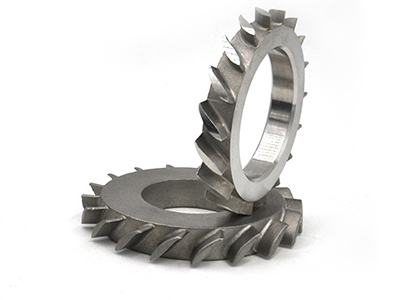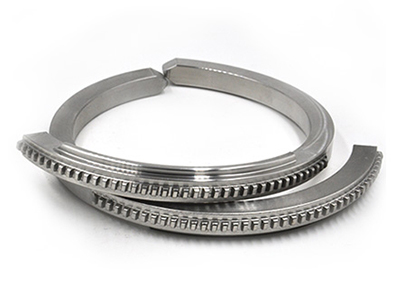- Factors affecting precision casting accuracy
- Effectively improve the quality in the process of cast steel production
- The difference between Ductile Iron Castings and Gray Iron Castings
- The smelting technology of stainless steel casting process
- What are the process measures to change stainless steel precision casting?
- Temperature control of stainless steel precision casting
- Composition ratio of stainless steel cleaning agent
- Introduction to the knowledge of stainless steel castings
- Performances of defective stainless steel castings
- Manufacturers generally choose which cast steel process
- Call : +86 13390692151
- sale@kfqizhongji.com
-
Room 1, No. 21, Chaoying East Road, Zhoushi,
Kunshan City, Jiangsu Province, China
The difference between Aluminum Alloy forging and Die casting
First of all, forging aluminum alloy and die-casting aluminum alloy have different process characteristics. Forged aluminum alloy is an aluminum alloy mainly used for forging. Die-casting aluminum alloy belongs to casting aluminum alloy, but it mainly uses die-casting aluminum alloy.
Forged aluminum alloy includes A1--Si--Mg--Cu alloy and A1-Cu-Ni-Fe alloy, and commonly used forged aluminum alloy includes LD2, LD5, LDl0 and so on. They contain many kinds of alloy elements, but few in them. Because of their excellent thermoplasticity, they have good forging properties and good mechanical properties. This kind of alloy is mainly used for load-bearing die forgings and some complex forgings.
Characteristics.
1. Improve the internal structure and mechanical properties of the metal.
2. High labor productivity.
3. A wide range of adaptation.
The quality of forgings is as small as less than 1kg, up to hundreds of tons, and can be produced in single or small batches as well as in large quantities.
4. by using precision die forging, the size and shape of forgings can be close to those of finished parts, so metal materials can be greatly saved and cutting hours can be reduced.
5. Forgings with complex shapes cannot be forged.
LD2 aluminum plate is a kind of aluminum-silicon alloy plate, also known as 6A02. It has medium strength, high plasticity under annealing and hot state, and good plasticity after quenching and natural aging, and the corrosion resistance in this state can be compared with that of 5A02.3A21. The alloy in artificial aging state has the tendency of intergranular corrosion, which can be machined and quenched, but not good after annealing. The alloy can be welded by spot welding, hydrogen atom welding and gas welding.
Heat treatment specification.
1, homogenization annealing: heating 525-540 ℃; holding time 12-14h; furnace cooling.
2. Rapid annealing: heating 350 ℃ to 370 ℃; holding for 30 min with different effective thickness of the material; air cooling.
3, quenching and aging: quenching at 510 ℃, 530 ℃, water cooling, artificial aging at 150 ℃, 165 ℃, 6 h, air cooling, natural aging at room temperature for 96 h.
Cast aluminum alloy should not only require necessary mechanical properties and corrosion resistance, but also have good casting properties. In the cast aluminum alloy, the best match between casting properties and mechanical properties is A1-Si alloy, also known as aluminosilicate. Cast aluminum alloy has good casting performance, low density, excellent corrosion resistance, heat resistance and weldability; it is used to manufacture castings with complex shape but low strength, such as aircraft, instrument shell, etc., and castings with complex shapes with low and medium strength, such as motor housing, cylinder block, fan blades and engine pistons.





